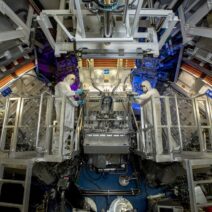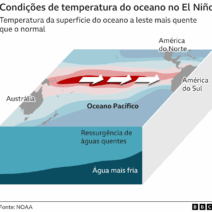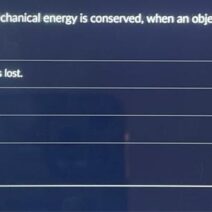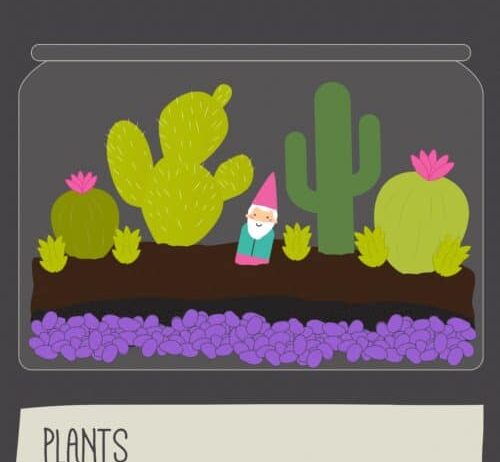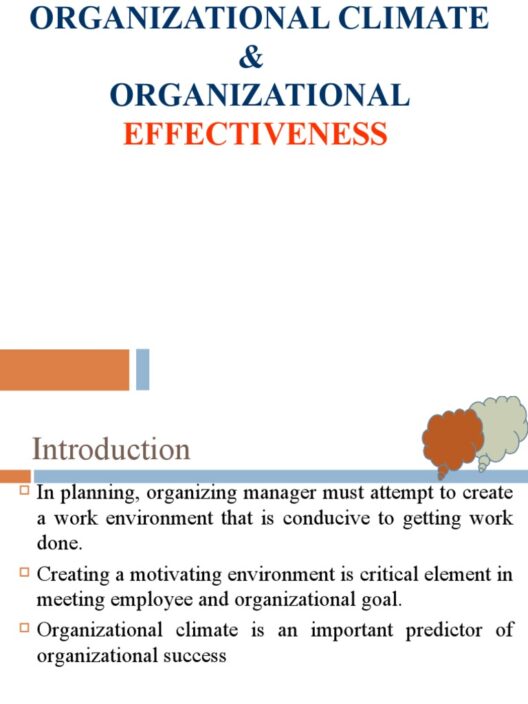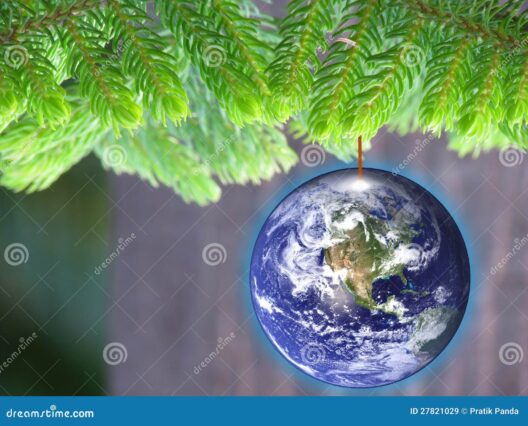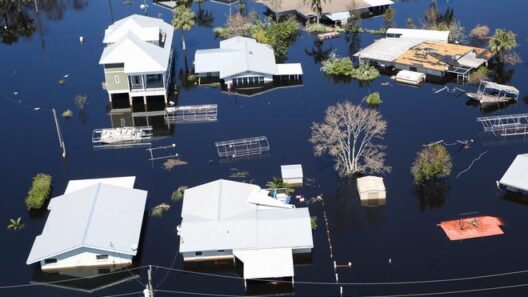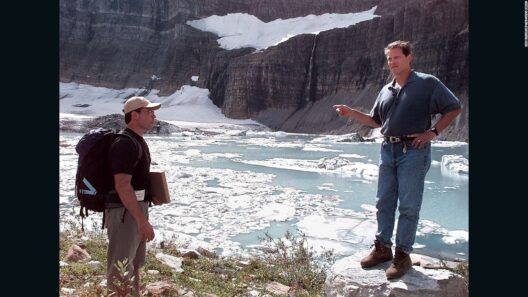In a world increasingly suffocated by carbon emissions and ceaseless pollution, the fragile tapestry of ecosystems is rapidly unraveling. The plight of the planet manifests in myriad ways, but what if we could encapsulate the harsh realities of climate change within a glass container? This is the intriguing premise behind building a terrarium to simulate global warming—a miniature biosphere that reflects what the future may hold if current trends persist. By employing this horticultural approach, it becomes possible to gain not only a visual representation but also an experiential understanding of the implications of human activity on our planet.
At its core, a terrarium serves as a self-contained environment where plants, soil, and air interact harmoniously. This enclosed space becomes a veritable microcosm of life, illustrating the delicate balance that exists in the natural world. When one thinks of global warming, landscapes distorted by rising temperatures and shifting ecosystems come to mind. However, terrariums can effectively mimic these changes, allowing us to observe firsthand the effects of increased temperatures and altered humidity levels on plant life.
To start constructing a terrarium that echoes the implications of global warming, you must embrace the principles of ecological balance. Select a variety of plants with different humidity and sunlight requirements, just as diverse species coexist in nature. Tropical plants, which thrive in high humidity, can serve as a poignant metaphor for flourishing amidst warming climates. For example, the vibrant foliage of ferns and the broad, sprawling leaves of tropical vines symbolize the lush vegetation that may adapt to increased temperatures, while simultaneously shedding light on the vulnerability of less adaptable species.
As you assemble the inner sanctum of your terrarium, the layering of soil and drainage materials becomes crucial. Much like the Earth’s layers, the foundation must be prepared meticulously to ensure a thriving environment. As you pour in the gravel for drainage, you may envision the melting glaciers and shifting sea levels that accompany global warming, charting a course for the devastation of diverse habitats. The soil represents the spirit of resilience, encapsulating the nutrients necessary for life, while also reflecting the diminished fertility experienced in many places affected by climate change.
Next, consider the crucial element of the terrarium—the closure. A sealed terrarium simulates the greenhouse effect, wherein sunlight penetrates the glass, but heat becomes trapped within, much like the way carbon dioxide accumulates in Earth’s atmosphere. Observing how moisture condenses and collects on the walls can prompt reflection on how our own atmosphere copes with the ramifications of fossil fuel combustion and deforestation. Will this microcosm thrive, or will the effects of the ‘greenhouse’ become too intense, leading to diminishing returns?
Another compelling concept to weave into the terrarium’s narrative is the concept of biodiversity loss. Introduce a few species of moss or different fungi alongside the more traditional terrarium plants; they play a significant role in maintaining ecological integrity. However, the fragile balance of the terrarium mirrors the plight of our ecosystems, as invasive species or human intervention can disrupt this intricate web. Observe the consequences as certain species flourish while others falter—much like on our planet, where the introduction of non-native species can precipitate declines in local flora and fauna.
Visually, the terrarium offers a unique appeal. The contrast between the lush greenery and the transparent walls invites the observer to dwell on the complexities of nature encapsulated within a confined space. As the sunlight dances through the glass, it can evoke feelings of hope and despair alike, encapsulating both the potential for recovery and the stark realities of environmental degradation. With the right attention and care, the terrarium can become a thriving ecosystem, yet it remains dangerously susceptible to the factors that could precipitate its demise.
Caring for a terrarium requires mindfulness, much like the way humanity must engage with the challenges posed by climate change. Regular observation leads to insights about how the ecosystem responds to alterations in light, humidity, and temperature. Such attentiveness emphasizes the importance of stewardship and the need for sustainable practices to ensure that both the terrarium and our world can withstand the challenges they face. Implementing simple practices such as responsible watering or adjusting sunlight exposure can yield observable differences, paralleling how global policy changes or local actions can significantly impact environmental outcomes.
Ultimately, this minuscule ecosystem serves as an evocative metaphor for the larger global narrative surrounding climate change. The fragility of the terrarium reflects the reality that our planet is similarly vulnerable to the rising tides of global warming. As we witness life flourish or wither inside this glass enclosure, it becomes evident that every action carries weight. Each plant that perishes due to excessive heat or humidity underscores the urgency of addressing climate challenges before more species find themselves at risk.
In conclusion, building a terrarium as a simulation of global warming offers an innovative way to comprehend the intricate interconnections of our environment. It presents a platform for dialogue about the dire repercussions of our actions and the pressing need to act with intention. As custodians of this Earth, we must ensure that our societies respect the delicate balances inherent in nature. A terrarium, confined yet reflective, mirrors our planet’s plight, revealing the profound consequences of neglecting our responsibility to care for the environment. Like nurturing a tiny biosphere, so too must we cultivate our awareness, and with it, hope for a sustainable future.
